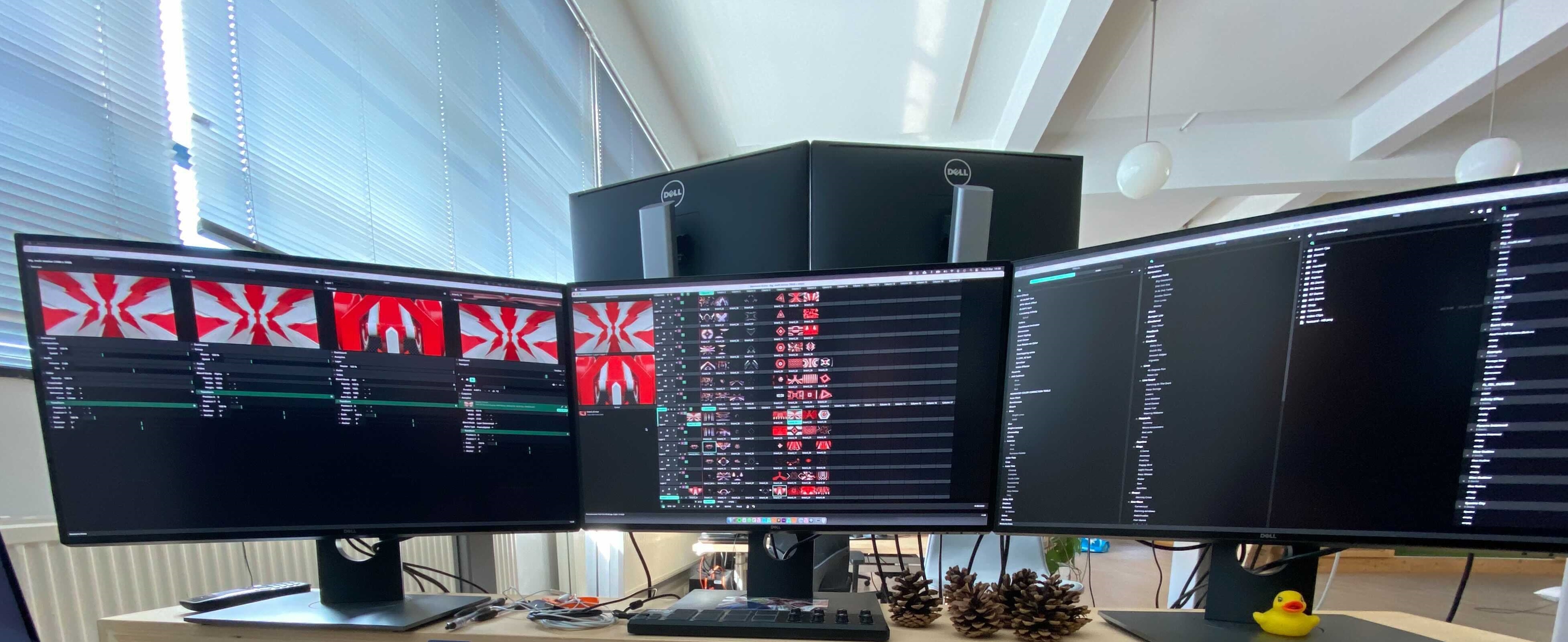

Any changes you make are also automatically picked up in the plugins.

This is great to quickly get some variations on big stages.Īny changes you make are always saved all the time, automatically. Random shuffles the current steps around in a random order. So by hitting Mirror X, all slices that are active on the left side of the stage, will be mirrored to the right side and vice versa.

Mirror X and Mirror Y will mirror each step in the sequence over the center of the grid. Setting it to 4 or 8 is a great way to make sure your chases hits the beat nicely. Because of the math involved, the repeat value is identical to the amount of steps your sequence will have. By default, it’s set to OFF, but for instance by setting it to 2, the pattern will repeat each 2 slices. Repeat controls how quickly the pattern repeats. Note how the number of steps will automatically adjust itself based on the number of slices and the chosen direction.īy toggling Flip X and Flip Y, you can make the chase start from the opposite side and move backwards through the stage.īlock let’s you change the number of each slices used for each step. If you prefer, you can also select to a whole Row or Column for each step instead. By switching between Horizontal and Vertical, the chase will move through the grid in that direction, toggling on a single slice in each consecutive step. The first dropdown controls the Direction. Just choose File > Export Pixelmap and it will save a PNG for you automatically. If you like them perdy colordy thingies, you can make those with the Chaser app.This way you have some margin for error for any misaligned panels or bleed from any AD conversions in the signal chain. Keep an 8 pixel gap around every slice.This makes it easier to create mirrored looks. When your stage is symmetrical, make your Input Map symmetrical too.Remember that your Input Map is your view of the show, so 1 or 2 extra fps are useless when your map is a puzzle where you can’t find anything. Having a clearer, easier to read pixel map outweighs optimized performance.The resolution of your Input Map is the resolution Resolume will be rendering at, so the smaller it is, the more processing power you have available. Communicating with the technical crew on site is a lot easier when you both call the same thing by the same name. When naming slices, follow the naming convention the LED provider is using, even when it doesn’t make the most sense.Still, if you’re just starting out, here are some tips for creating a good Input Map: You learn by doing and you get better at it the more you do it. If you’re using slice routing to create your looks, or otherwise have overlapping slices, you will not have a good time.Ĭreating an Input Map is a skill like any other. In order for Chaser to do its thing, every slice needs to have its own place in the Input Selection. To be 100% clear, we’re talking about the Input Selection side of Resolume’s Advanced Output here. You then lay them so that each has its own little space in your composition, roughly in the same place as it has on the real stage.

You then take all those slices and on the Input Selection side, you right click and choose Match Output Shape. Each tile becomes a slice in Resolume’s Output Transformation tab, each processor becomes a screen. Your LED supplier should provide it to you. This is essential and you won’t be able to do a good show without it. How to make an Input Map? First you’ll need to know the position and size each LED panel will have in the LED processor. Essentially, the Input Map is the representation of your stage in Resolume and other software. During the show, it is the preview that you use to check if everything is going according to plan. When creating custom content, it will serve as the guide to render everything to. It’s used to lay out content and to decide which screens show what. So what’s an Input Map? An Input Map is a logical layout of all the slices and screens that make up your stage. In fact, Input Maps are the key to a good show in general! If you’re doing any type of setup that is more than a single 16:9 output and you still want to be flexible with it while playing live, you’ll benefit from using Input Maps. Input Maps are the key to a good show with Chaser. Before we get started with Chaser, first a word on Input Maps.


 0 kommentar(er)
0 kommentar(er)
